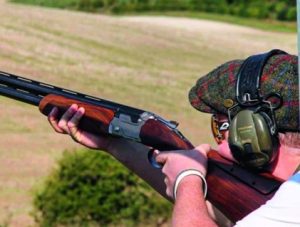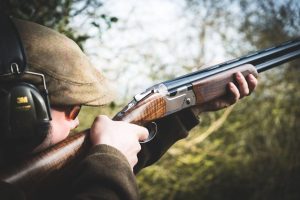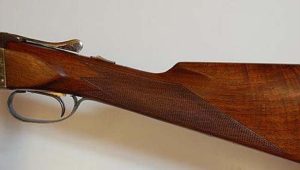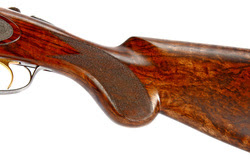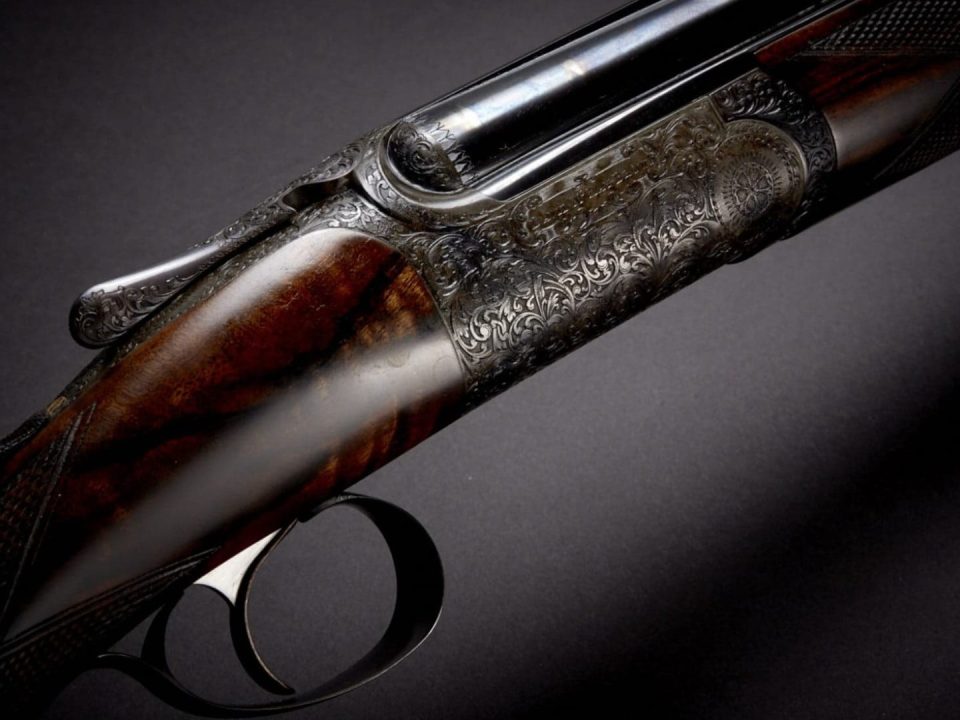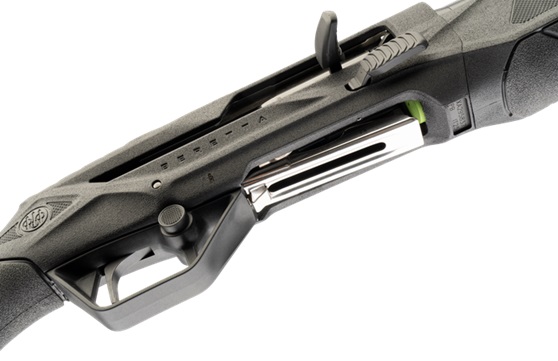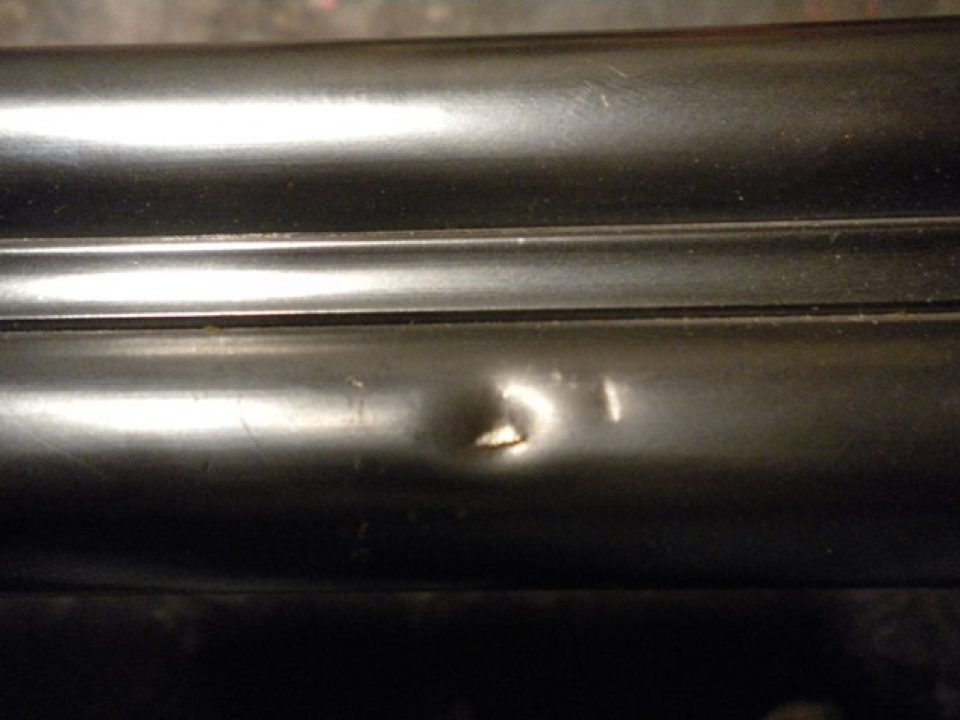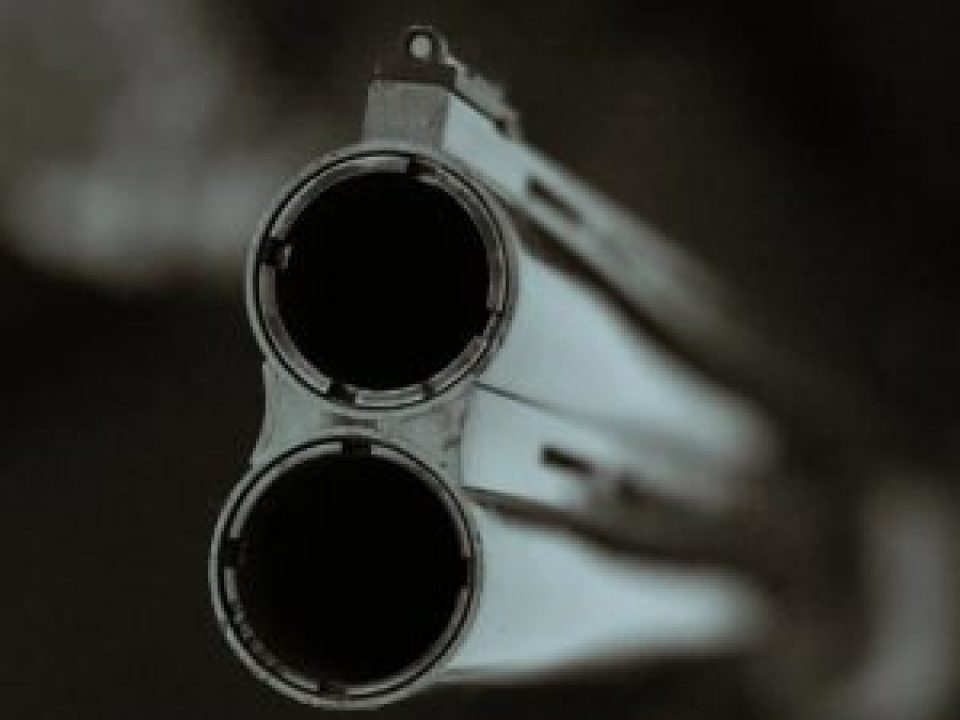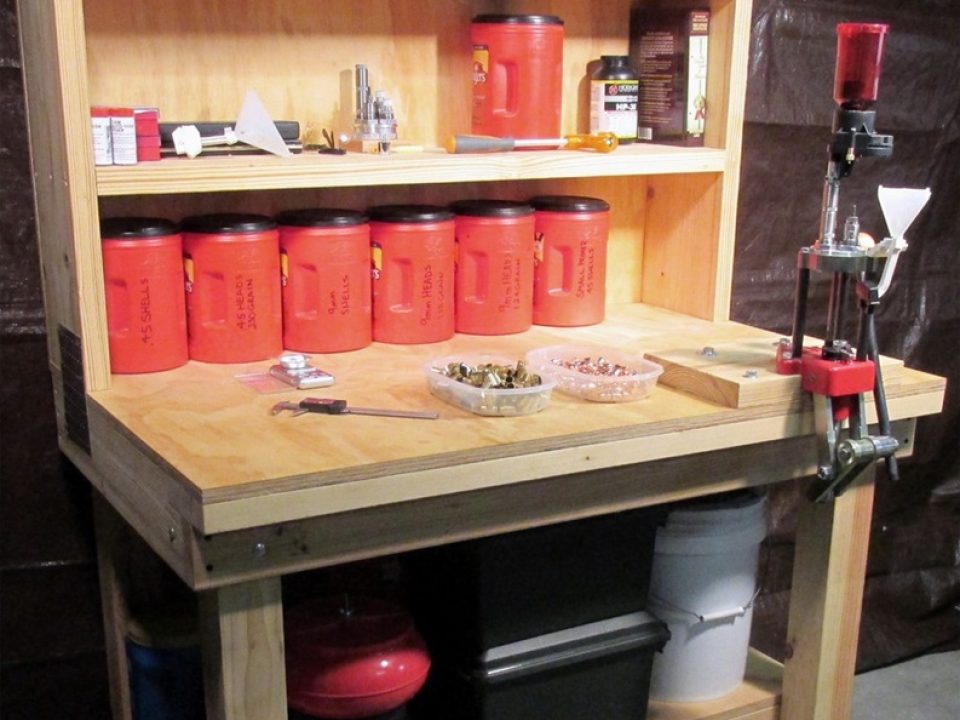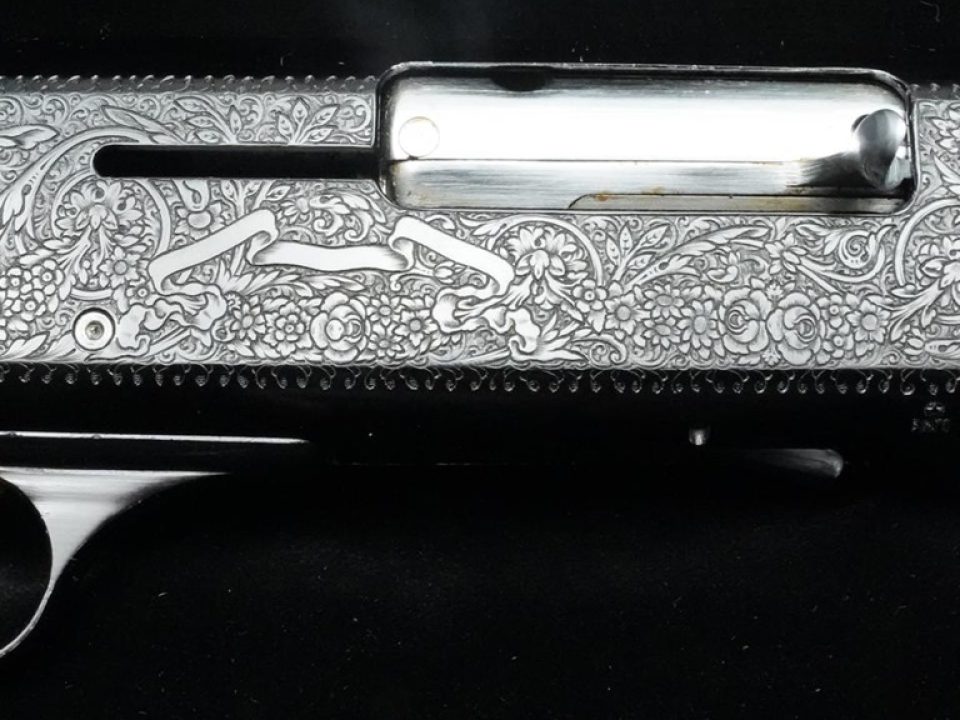Beretta unveils the new AX800 Suprema, a ground-up engineered waterfowl shotgun that pushes the company’s performance, durability, and ergonomics into a new class. Built for serious hunters who demand maximum reliability in the blind, on the boat, and in the worst weather, the AX800 Suprema combines breakthrough gas-system technology, championship barrel engineering, and industry-leading recoil mitigation to deliver more effective shots, faster follow-ups, and less maintenance between hunts.
“The AX800 Suprema is the most advanced waterfowl shotgun we’ve ever built,” said Caleb McMillen, Beretta USA Sr. Product Manager for Long Guns. “Every part of this platform was designed and engineered to give waterfowl hunters an advantage: harder hitting and more consistent patterns, faster cycling, dramatically reduced felt recoil, cleaner operation, and a fit system that lets shooters fine-tune the gun to their body.”
Key innovations & features
- B-LINK® Pro Gas System – Our fastest, cleanest, most reliable gas system to date. B-LINK Pro cycles everything from light target loads to heavy magnums with ease, running 36% faster and 46% cleaner than prior Beretta gas systems (including the A400 Xtreme Plus). The result: softer felt recoil, more consistent cycling, and less time cleaning between hunts.
- Steelium® Pro Barrels – Barrel technology trusted by the world’s best clay shooters is now built for the blind. Proven in our world-champion DT11, the shotgun behind 14 out of 15 podium finishes at the 2024 Olympics, Steelium® Pro features an extended 17.7″ (450mm) forcing cone to deliver tighter, more consistent patterns, greater down range energy, and reliable performance, shot after shot.
- Kick-Off® Pro Recoil Reduction – Built to handle the heaviest waterfowl loads, the Kick-Off® Pro stock system cuts felt recoil by up to 70%.
- High-Tech Polymer Receiver – Rugged, weatherproof, and easy to clean. The sleek high-tech polymer receiver features a modular design and an integrated optic mount to keep you ready for any setup.
- Adjustable Fit System – Fully configurable to fit each shooter out of the box. Interchangeable pistol grip, adjustable comb, adjustable length of pull, cast/drop adjustments, and a weather-resistant recoil pad. Designed for intuitive handling in tight blind and boat environments; features a flat trigger with a crisp break and fast reset.
- User-First Ergonomics – Oversized loading port with pro-lifter, bolt handle, bolt release, and enlarged trigger guard for reliable operation in wet, cold, or gloved conditions.
Designed for real-world waterfowl hunting, the AX800 Suprema emphasizes both peak performance and field durability. The combination of B-LINK® Pro’s rapid, clean cycling, the Steelium® Pro barrel’s pattern control and recoil reduction means hunters can trust their first shot and their last, all season long. The AX800 Suprema will be available through authorized Beretta dealers in December, offered in a variety of finishes to match any environment or style. The release also complements Beretta’s recently launched Suprema Waterfowl Collection, a premium apparel line designed to keep hunters dry, warm, and concealed in even the toughest environments.
Stay connected with Beretta USA. Follow us on Facebook, Instagram, X, YouTube and LinkedIn for the latest news, products, and updates.
About Beretta
Established in 1526, Beretta is the world’s longest-standing industrial dynasty, with a legacy spanning 16 generations of continuous family ownership. For nearly 500 years, firearms bearing the Beretta name have been trusted and used around the world. Beretta USA Corp. was established in 1977 and quickly became the provider of the most widely deployed sidearm in the U.S. Armed Forces. Today, Beretta USA is part of Beretta Holding Group, which includes over 50 global subsidiaries and 20 renowned brands. Beretta manufactures, distributes, and markets a complete range of firearms, accessories, and apparel. The company also owns and operates six Beretta Gallery retail stores worldwide.
For more information, visit www.Beretta.com.


